Global Drug-Eluting Stents Market - Comprehensive Data-Driven Market Analysis & Strategic Outlook
The global drug-eluting stents market and its related industries have undergone remarkable growth from a narrow invention in cardiovascular area to the medical solution that has become popular all over the world and was gradually molded by clinical experience, engineering innovations, and regulation approvals. The tale of the market was initiated in the 1990s when the application of bare-metal stents was extensive; however, the metal often caused the tissue inside the vessel to regrow. Polymer-coated devices that released their medication slowly to prevent this complication were introduced by the researchers in the early 2000s, thus marking an important turning point for the drug-eluting stents market and the medical industry as a whole. Their first usage generated a lot of interest in these devices and by mid-2000s, the data presented by large cardiac societies like the American College of Cardiology indicated that the stents with drug-eluting coatings had already cut down the rate of restenosis to below 10%, in contrast to the 20-30% observed with the previous types of devices.
- The global drug-eluting stents market is projected to be worth around USD 6355.6 million in 2025, with a CAGR of about 8.4% over the years, thereby having the potential to go beyond USD 11182.3 million.
- The Polymer-based Coating is the main player in the market with a contribution of almost 77.8%, pushing the development forward and enlarging the use of materials through active and intense research.
- Key trends are: Global Increase in Cardiovascular Diseases, Safety and Long-Term Efficacy through Modern Tech
- Next-Gen Polymers-Free DES Technologies and Biodegradable ones are the factors that would boost the market.
- The significant growth in the market is going to be a reality in the coming ten years as a result of the already existing opportunities.

With the help of the increased experience of the medical teams, the focus began to shift toward the long-term safety aspect. In the United States, Europe, and Japan, the regulatory agencies will still be tightening the standards for evaluating the products, and the manufacturers will then have to improve their coatings, come up with thinner struts, and test greater biocompatibility. The direction of the market changed one more time when biodegradable polymers entered the scene in the 2010s. The initial results from national health research programs indicated that the use of solvable materials controlled late-stage inflammation which had been a concern for doctors for many years. The trend towards safer and more innovative designs will be strengthened over the next decade since hospitals will need devices that can cater to a broader range of patient profiles.
Moreover, consumer demands changed. The patients of today are looking for faster healing and the interventional cardiology units are witnessing an increase in the proportion of minimally invasive procedures. World Health Organization reports indicate that coronary artery disease is still responsible for more than 17 million deaths annually and almost half of the countries are expanding their catheterization laboratory capacity. These changes signify that the pressure on the manufacturers will be on the rise as the health systems will be asking for stents with a controlled release of medication that is suitable for the complicated arterial structures.
The global drug-eluting stents market will no longer be stagnant. The next generation of products will make use of the progress in the fields of nanotechnology, drug-polymer science, and precision imaging which are all part of the new aspect of the device that will closely mimic the behavior of the blood vessel. The market’s path will continue to mirror the uphill struggle of making coronary interventions safer, more predictable and easier to access as the standards of care shift and the regulatory frameworks keep on developing.
Market Segments
The global drug-eluting stents market is mainly classified based on Coating Type, Material, Application, End User.
By Coating Type is further segmented into:
- Polymer-based Coating: global drug-eluting stents market shows steady demand for polymer-based coating due to controlled drug release and strong support for long-term vessel healing. Polymer-based material supports consistent medication delivery, reduced restenosis risk, and stable device performance. Growing hospital preference and supportive clinical results encourage wider adoption within multiple cardiovascular treatment settings.
- Polymer-free Coating: Polymer-free coating attracts attention because medication release depends on surface design rather than synthetic layering. This approach supports reduced inflammation risk, faster vessel recovery, and a simplified structure. Hospitals value predictable performance, lower complication concerns, and improved comfort for patients with sensitivity to synthetic coating materials, encouraging broader use across diverse cardiovascular care needs.
By Material the market is divided into:
- Metal: The global drug-eluting stents market uses metal as a stable base that supports blood vessels during treatment. Metal offers steady structure, dependable strength, and predictable performance during medical procedures. Use of metal helps maintain vessel shape while also allowing controlled release of medication that supports healthier outcomes.
- Stainless-Steel: Stainless-steel in the global drug-eluting stents market offers reliable support with balanced flexibility. Stainless-steel maintains durability during placement and assists in reducing unwanted reactions inside blood vessels. This material allows smooth expansion, steady positioning, and consistent medicine release, making it suitable for situations that require long-lasting and safe structural support.
- Cobalt-Chromium: Cobalt-chromium in the global drug-eluting stents market provides strong support with a thinner structure that still maintains stability. This material offers better visibility during procedures and allows easier placement in narrow areas. Its strength helps reduce complications while improving the delivery of medication that supports vessel healing.
- Nitinol: Nitinol in the global drug-eluting stents market is valued for flexibility and shape-memory ability. This material adjusts well during placement and returns to its intended form once inside the vessel. Such behaviour gives stable support, reduces stress on surrounding tissues, and helps maintain correct positioning while releasing helpful medication.
- Others: Other materials in the global drug-eluting stents market include advanced combinations designed to improve safety, adaptability, and healing. These options aim to increase compatibility with body tissues, reduce unwanted reactions, and support smoother recovery. Continued material development supports better performance and offers additional choices for different treatment needs.
By Application the market is further divided into:
- Coronary Artery Disease: Use of products in the global drug-eluting stents market for coronary artery disease focuses on restoring proper blood flow to the heart. These devices help keep narrowed arteries open while steadily releasing medication that reduces the chance of blockage returning. This approach supports long-term vessel health and improved patient stability.
- Peripheral Artery Disease: In the global drug-eluting stents market, use for peripheral artery disease focuses on improving blood flow in arteries outside the heart. The devices give structural support to affected vessels and release medication that reduces complications. This method helps ease discomfort, supports movement, and lowers the chance of repeated blockages in treated areas.
By End User the global drug-eluting stents market is divided as:
- Hospitals: Hospitals use products from the global drug-eluting stents market to handle both routine and urgent procedures. Hospital settings offer advanced equipment, skilled teams, and continuous monitoring. This environment supports safe placement, prompt care if concerns arise, and improved recovery, making hospitals key users of these medical devices.
- Ambulatory Surgical Centers: Ambulatory surgical centers use global drug-eluting stents market products for planned procedures that require shorter stays. These centers focus on efficient treatment, reduced waiting times, and faster discharge. Such settings support cost-effective care while still maintaining safety standards needed for successful device placement and patient improvement.
- Others: Other users in the global drug-eluting stents market include clinics and specialized cardiac centers that offer focused treatment. These facilities provide targeted care for patients who need follow-up support or specific procedures. Their role helps expand access to treatment and supports steady management of conditions that require stent-based solutions.
|
Forecast Period |
2025-2032 |
|
Market Size in 2025 |
$6355.6 Million |
|
Market Size by 2032 |
$11182.3 Million |
|
Growth Rate from 2025 to 2032 |
8.4% |
|
Base Year |
2024 |
|
Regions Covered |
North America, Europe, Asia-Pacific, South America, Middle East & Africa |
By Region:
- Based on geography, the global drug-eluting stents market is divided into North America, Europe, Asia-Pacific, South America, and the Middle East & Africa.
- North America is further divided into the U.S., Canada, and Mexico, whereas Europe consists of the UK, Germany, France, Italy, and the Rest of Europe.
- Asia-Pacific is segmented into India, China, Japan, South Korea, and the Rest of Asia-Pacific.
- The South America region includes Brazil, Argentina, and the Rest of South America, while the Middle East & Africa is categorized into GCC Countries, Egypt, South Africa, and the Rest of the Middle East & Africa.
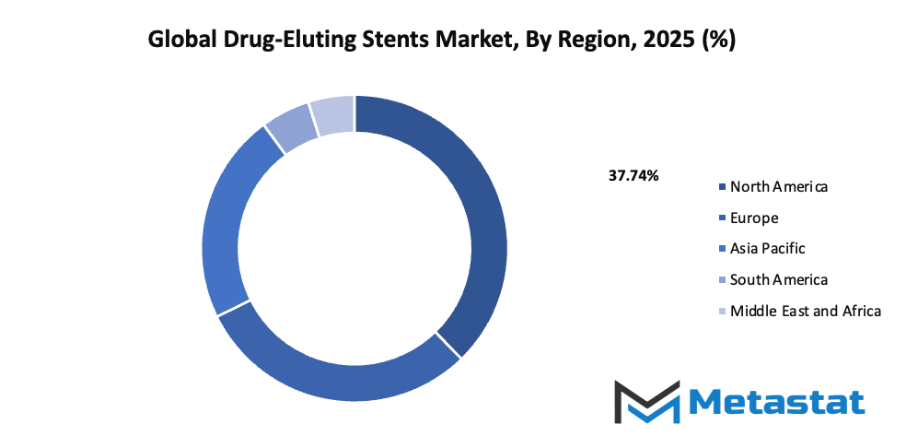
Growth Drivers
Rising importance of the global drug-eluting stents market reflects steady demand supported by broader healthcare needs and clinical expectations: Rising Prevalence of Cardiovascular Diseases Worldwide: Growing cardiac cases across diverse age groups create urgent demand for safer and more dependable stent solutions, encouraging wider use of advanced options that support better recovery, reduced complications, and steady long-term patient stability across multiple treatment settings worldwide.
Technological Advancements Offering Improved Safety and Long-Term Efficacy: Continuous innovation in stent coatings, drug release methods, and structural design supports stronger performance across complex procedures. Enhanced precision, better vascular healing, and reduced adverse reactions contribute to wider acceptance of advanced devices, supporting expanding traction within the global drug-eluting stents market and reinforcing trust among medical teams, hospitals, and broader healthcare networks.
Challenges and Opportunities
High Cost of Drug-Eluting Stents Compared to Bare-Metal Stents: Higher pricing limits accessibility for many healthcare systems, especially in regions with restricted budgets. Financial strain influences treatment decisions and often shifts preference toward older alternatives, slowing wider adoption of modern solutions and creating obstacles for manufacturers aiming for broader global reach and sustained market expansion.
Risk of Late Stent Thrombosis and Need for Prolonged Antiplatelet Therapy: Clinical concerns linked to delayed clot formation increase caution among healthcare professionals. Extended antiplatelet treatment raises additional expenses and monitoring needs, which may discourage broader usage. These challenges highlight the importance of enhanced designs, better materials, and stronger evidence that can reduce hesitation and support safer, more predictable outcomes in cardiac interventions.
Opportunities
Growing Adoption of Biodegradable and Next-Generation Polymer-Free DES Technologies: Rising interest in biodegradable frameworks and polymer-free coatings encourages wider confidence in future treatment options. These advances support natural vessel recovery, reduce long-term complications, and broaden acceptance across global healthcare facilities, contributing to stronger advancement potential within the global drug-eluting stents market through safer and more adaptive therapeutic choices.
Competitive Landscape & Strategic Insights
The industry is a mix of international leaders and rising regional competitors, creating steady movement across research, production, and global placement. Growth in the Drug-Eluting Stents market reflects broad investment, steady hospital demand, and constant product updates shaped by clinical needs. Strong participation from long-standing companies and newer specialized groups encourages wider access, stronger safety records, and focused technological progress.
Abbott Laboratories, Boston Scientific Corporation, Terumo Corporation, Medtronic plc, Biosensors International, Cook Medical, B. Braun, Biotronik, Lepu Medical Technology, OrbusNeich Medical Company Limited, Shanghai MicroPort Medical Co., Ltd., Sino Medical Sciences Technology Inc., and Eurocor GmbH help guide major decisions in design standards, coating methods, and long-term performance tracking. Each organization follows different development paths, yet consistent attention to material strength and controlled drug release supports shared goals across the entire field. Collaboration with hospitals and academic teams also supports early testing and balanced guidance for future product changes.
Global demand encourages manufacturers to examine many healthcare settings, from large treatment centers to growing regional networks. Broader attention to affordability, patient safety, and easy placement helps strengthen acceptance among healthcare workers. Continued updates in product lines allow wider matching with patient needs, especially for areas requiring long-term vessel support and steady healing.
Competition encourages steady improvements, as each company aims for stronger durability, smoother placement, and more predictable drug delivery. Clear communication among regulatory groups, hospitals, and producers supports careful monitoring and dependable performance standards. These combined efforts help create steady movement toward safer options and well-defined manufacturing steps.
Market size is forecast to rise from USD 6355.6 million in 2025 to over USD 11182.3 million by 2032. Drug-Eluting Stents will maintain dominance but face growing competition from emerging formats.
With many companies contributing advanced designs and focused research, the Drug-Eluting Stents market shows balanced progress supported by strong scientific work and practical clinical needs. Broad participation from global and regional manufacturers encourages consistent improvements, helping healthcare systems gain access to dependable solutions for long-term cardiovascular support.
Report Coverage
This research report categorizes the global drug-eluting stents market based on various segments and regions, forecasts revenue growth, and analyzes trends in each submarket. The report analyses the key growth drivers, opportunities, and challenges influencing the global drug-eluting stents market. Recent market developments and competitive strategies such as expansion, type launch, development, partnership, merger, and acquisition have been included to draw the competitive landscape in the market. The report strategically identifies and profiles the key market players and analyses their core competencies in each sub-segment of the global drug-eluting stents market.
Drug-Eluting Stents Market Key Segments:
By Coating Type
- Polymer-based Coating
- Polymer-free Coating
By Material
- Metal
- Stainless-Steel
- Cobalt-Chromium
- Nitinol
- Others
By Application
- Coronary Artery Disease
- Peripheral Artery Disease
By End User
- Hospitals
- Ambulatory Surgical Centers
- Others
Key Global Drug-Eluting Stents Industry Players
- Abbott Laboratories
- Boston Scientific Corporation
- Terumo Corporation
- Medtronic plc
- Biosensors International
- Cook Medical
- B. Braun
- Biotronik
- Lepu Medical Technology
- OrbusNeich Medical Company Limited
- Shanghai MicroPort Medical Co., Ltd.
- Sino Medical Sciences Technology Inc.
- Eurocor GmbH
WHAT REPORT PROVIDES
- Full in-depth analysis of the parent Industry
- Important changes in market and its dynamics
- Segmentation details of the market
- Former, on-going, and projected market analysis in terms of volume and value
- Assessment of niche industry developments
- Market share analysis
- Key strategies of major players
- Emerging segments and regional growth potential



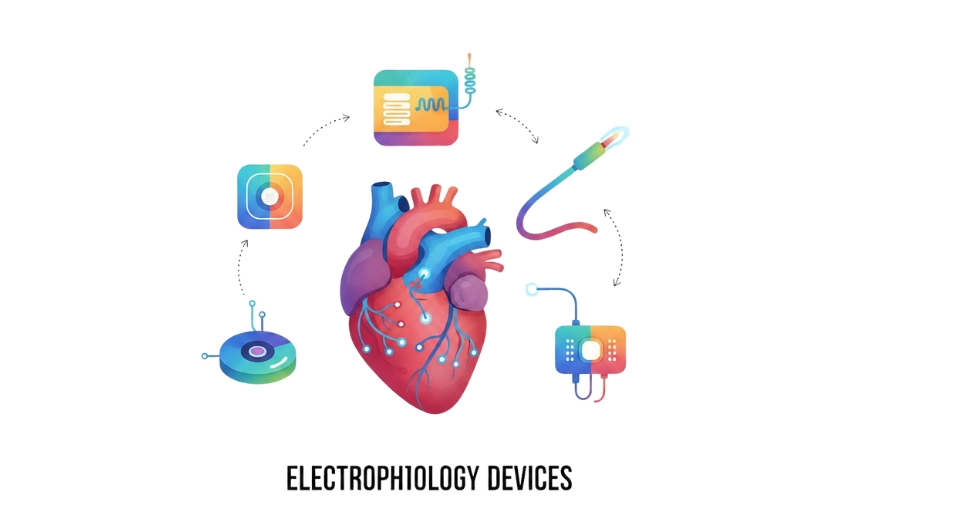
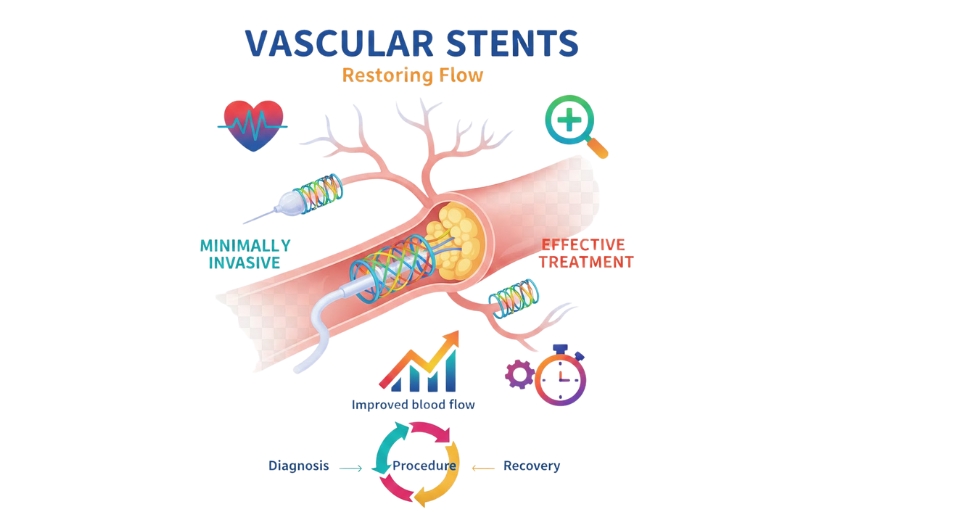
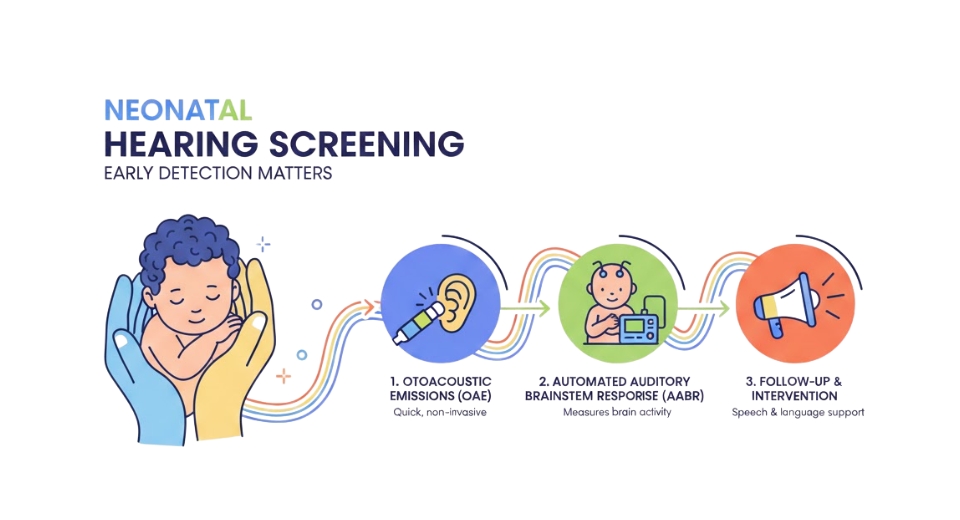
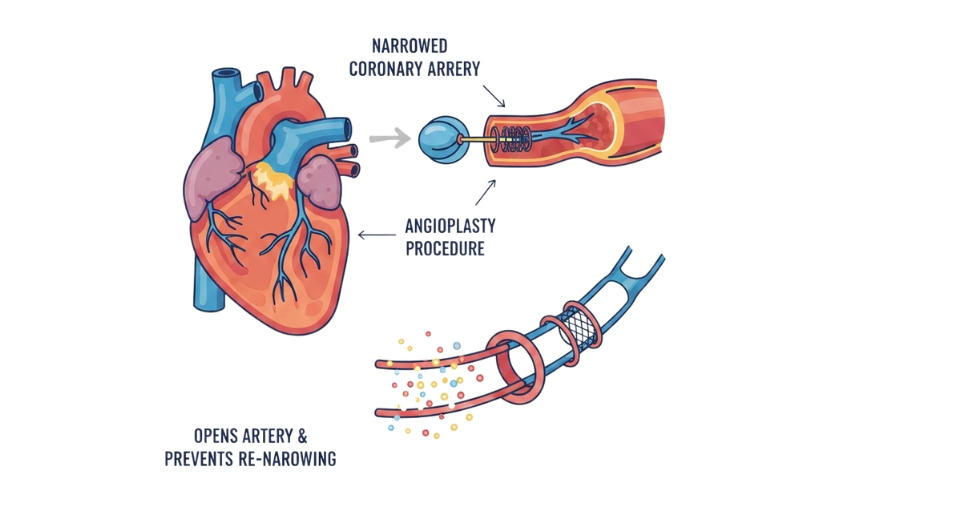

 US: +1 3023308252
US: +1 3023308252






